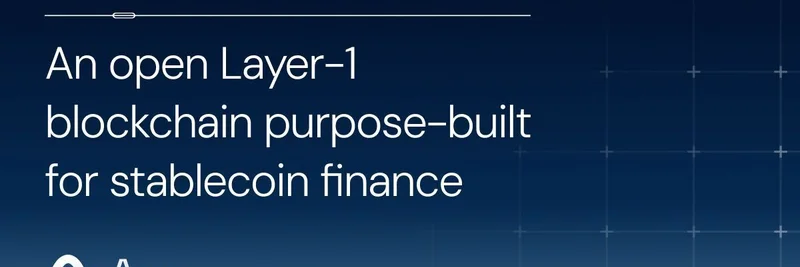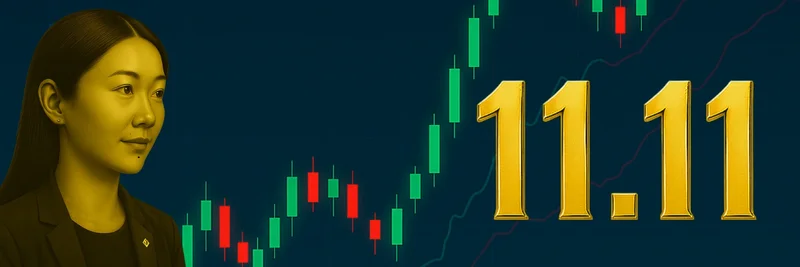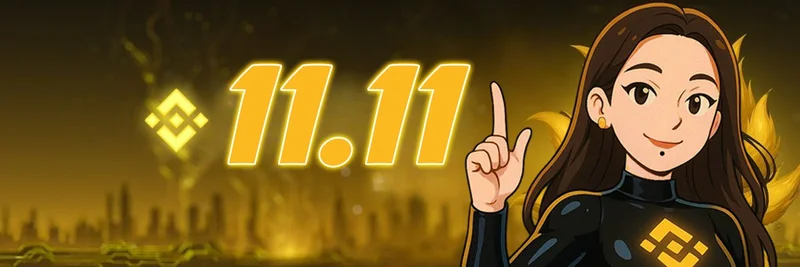The crypto world is buzzing with the latest announcement from Arc, an innovative Layer-1 blockchain tailored specifically for stablecoin finance. In a recent tweet, the Arc team shared their litepaper, inviting everyone to dive into how this new network aims to tackle the challenges of global finance with blockchain technology. If you're into blockchain and curious about stablecoins—those digital assets pegged to real-world currencies like the US dollar—this development could be a game-changer.
What is Arc and Why Does It Matter?
Arc is essentially a foundational blockchain (Layer-1) that's open to anyone and optimized for handling stablecoins and tokenized assets. Think of Layer-1 as the base level of a blockchain network, like Ethereum or Solana, where all the core operations happen. Unlike general-purpose chains that handle everything from NFTs to games, Arc zeros in on financial applications, making it faster and more reliable for things like payments and asset tokenization.
The project comes from Circle, the company behind USDC, one of the most popular stablecoins. USDC is backed 1:1 by U.S. dollars and other reserves, providing stability in the volatile crypto market. Arc's goal? To fix the clunky parts of traditional finance—like slow international transfers and high fees—by leveraging blockchain's speed and programmability. As the tweet highlights, it's all about delivering performance, reliability, and liquidity to meet real-world financial needs. You can check out the full litepaper here for a deeper read.
Key Features That Set Arc Apart
One standout feature is using USDC as the native "gas" for transactions. Gas is basically the fee you pay to run operations on a blockchain, and by tying it to a stablecoin, Arc avoids the wild price swings you see with tokens like ETH. This makes costs predictable, which is huge for businesses and everyday users who don't want surprises in their accounting.
Another big win is deterministic settlement finality. In simple terms, once a transaction is done on Arc, it's final in under a second—no waiting around or worrying about reversals, unlike some chains where things can get probabilistic and risky. This aligns with strict financial standards, making it appealing for institutions.
Privacy is also on the table with opt-in features. You can keep sensitive financial data under wraps while still allowing audits, which helps with regulations. Plus, Arc is EVM-compatible, so developers familiar with Ethereum can easily build on it without starting from scratch.
The Tech Behind the Magic
Under the hood, Arc uses a consensus mechanism called Malachite, based on Tendermint's Byzantine Fault Tolerant (BFT) protocol. Consensus is how a blockchain agrees on the state of transactions, and BFT ensures it works even if some nodes (computers in the network) go rogue. It's permissioned with Proof-of-Authority (PoA), meaning trusted validators handle the heavy lifting for better speed and security.
Performance-wise, Arc boasts around 3,000 transactions per second (TPS) right now, with plans to scale up to 10,000+. That's way faster than many existing chains, perfect for high-volume finance like cross-border payments.
Tokenomics revolve around stable fees and a treasury that funnels transaction costs back into network growth. It supports multiple stablecoins, not just USDC, so you can pay fees in whatever tokenized currency fits your needs.
How Arc Integrates with Stablecoins and Beyond
At launch, Arc will natively support Circle's stablecoins like USDC, EURC (euro-pegged), and others. It's built for issuing and managing tokenized money, including fiat-backed assets and even central bank digital currencies (CBDCs). Tools like Circle's Cross-Chain Transfer Protocol (CCTP) make moving assets between chains seamless.
For users, this means smoother experiences in DeFi (decentralized finance), where you can lend, borrow, or trade without the usual hassles. Developers get a playground for creating apps like programmable foreign exchange (FX) or smart treasury tools that automate financial ops.
While Arc isn't directly about meme tokens, its stable infrastructure could indirectly boost the meme ecosystem. Meme tokens often trade against stablecoins like USDC, and a more efficient Layer-1 could mean faster, cheaper trades and better liquidity pools in DeFi platforms.
Looking Ahead: Arc's Potential Impact
The litepaper outlines a roadmap with enhancements like multi-proposer support for even higher throughput and privacy integrations. As blockchain adoption grows, especially in emerging markets, Arc could play a key role in making finance more inclusive and efficient.
If you're a blockchain practitioner or just dipping your toes into crypto, keeping an eye on Arc is smart. It represents the next wave of specialized chains that bridge traditional finance and the digital world. Head over to the original tweet to join the conversation and see what the community thinks.
In a space full of hype, Arc stands out with its focus on real utility. Whether you're trading memes or managing serious finances, innovations like this pave the way for a more connected crypto future.




